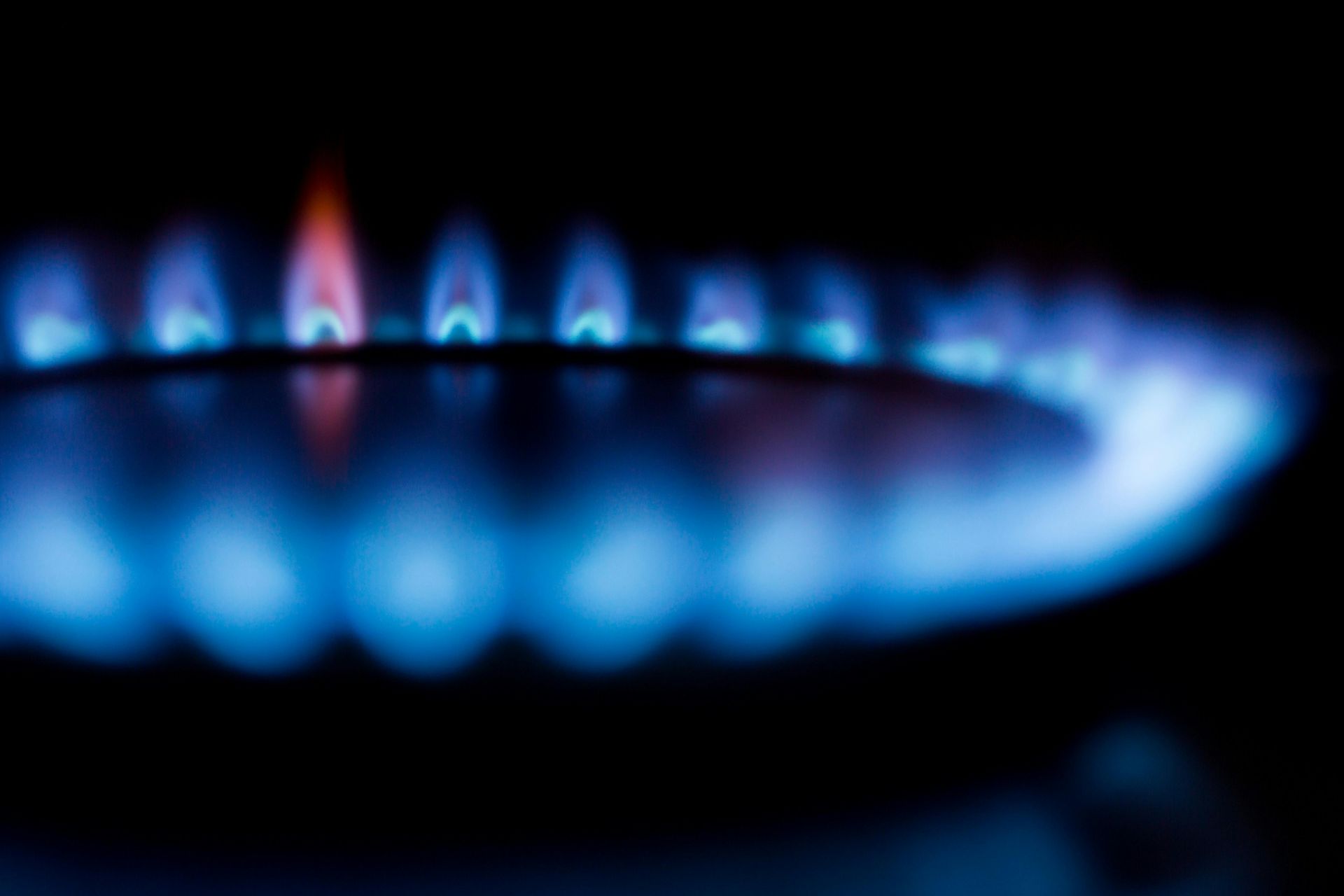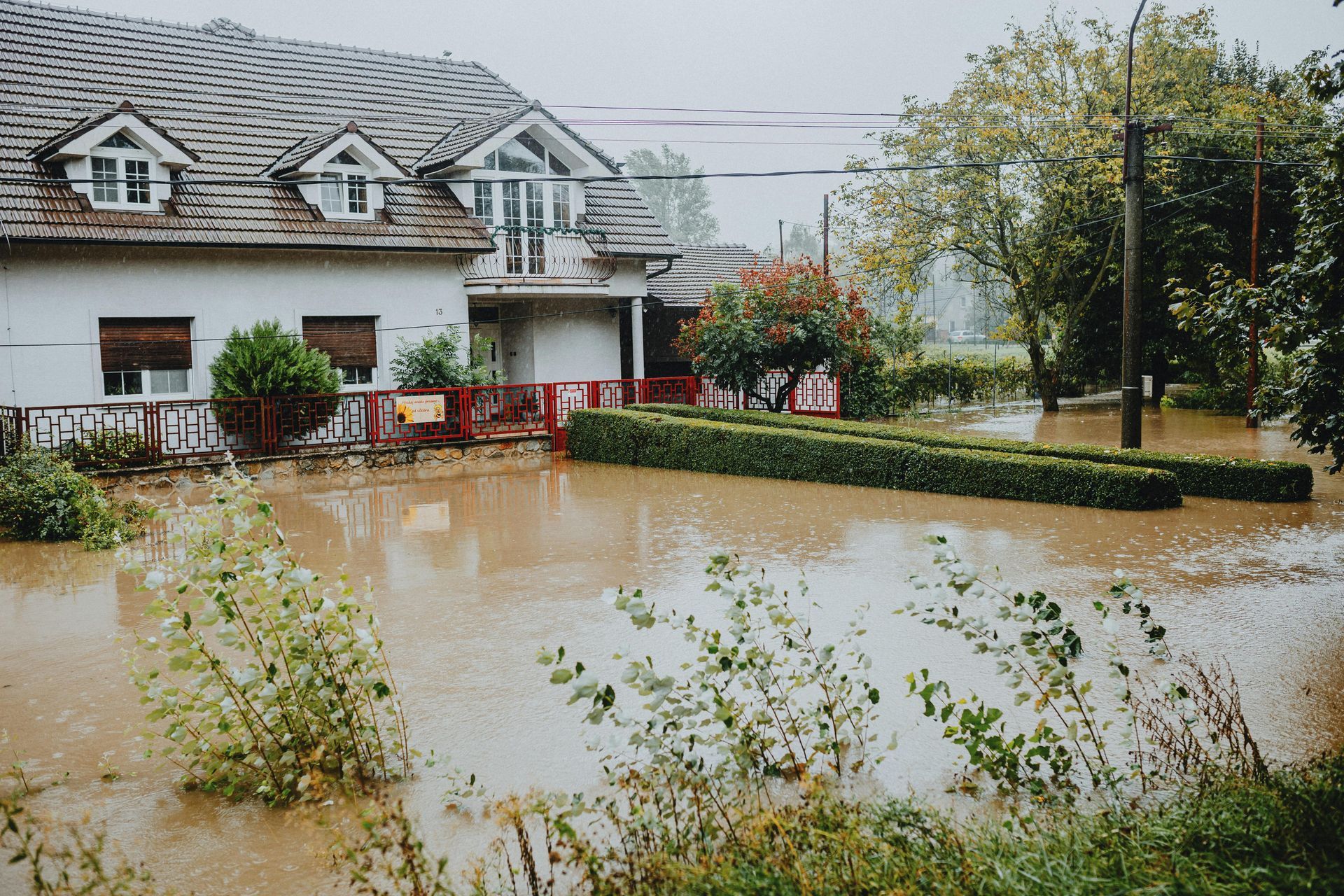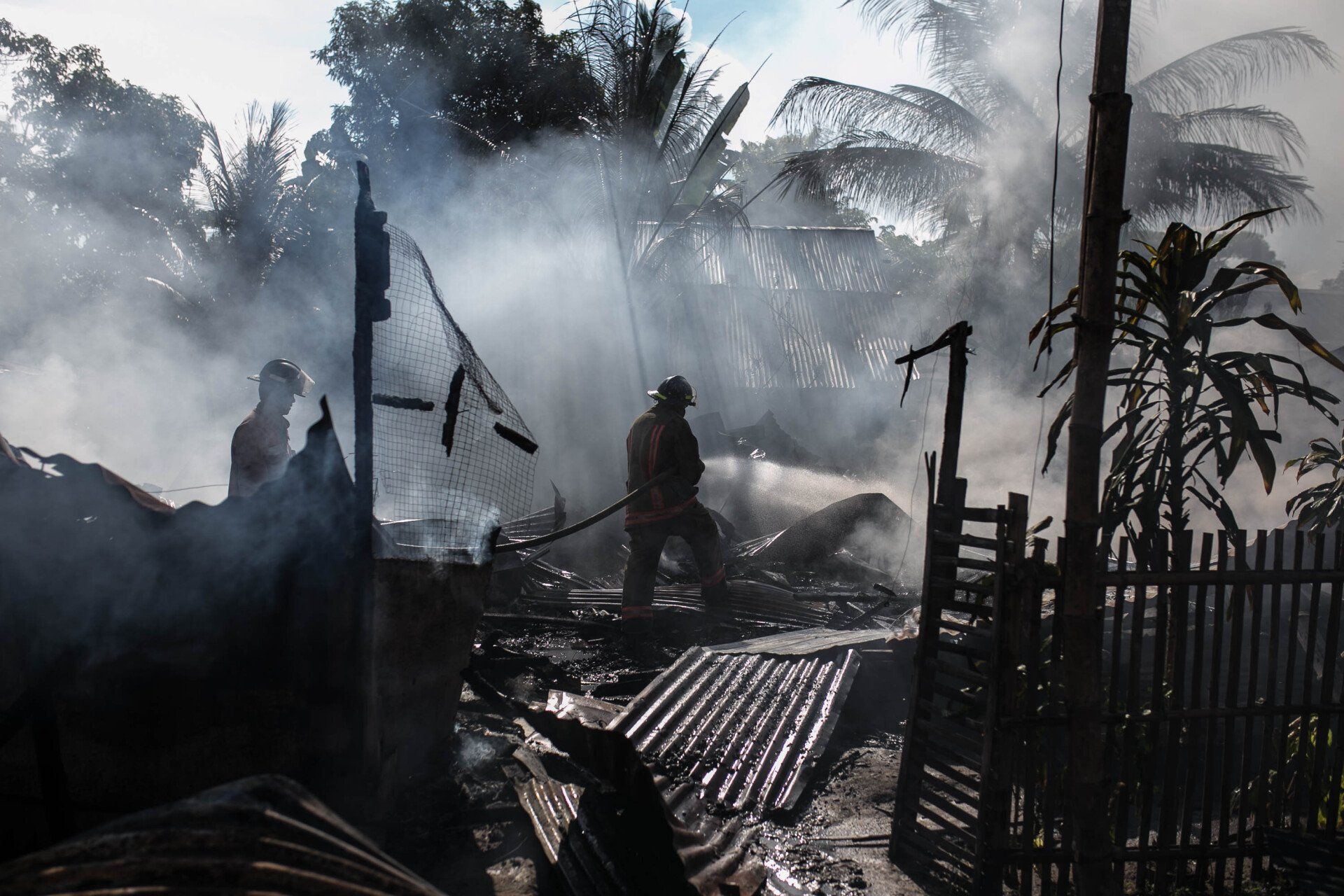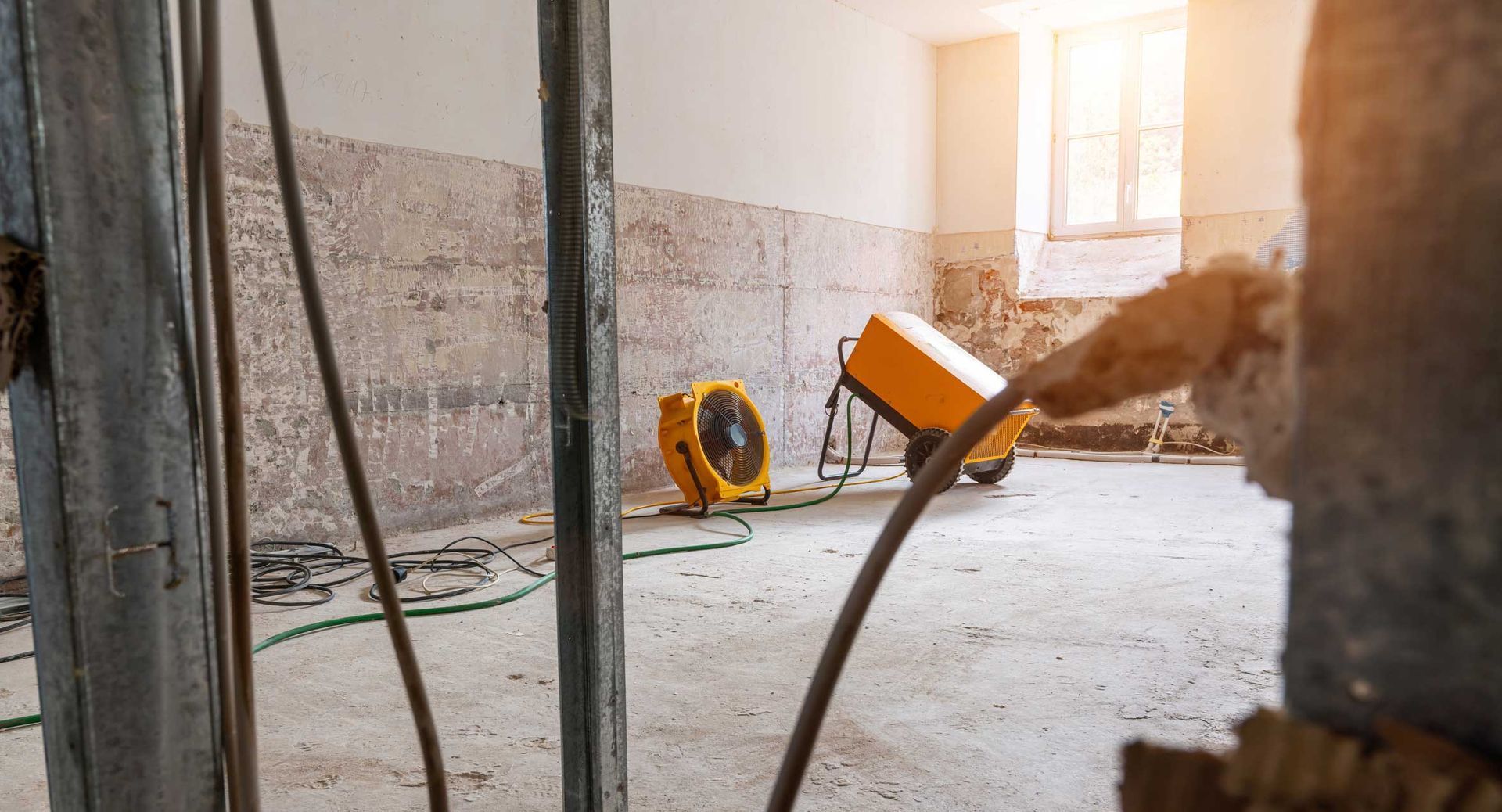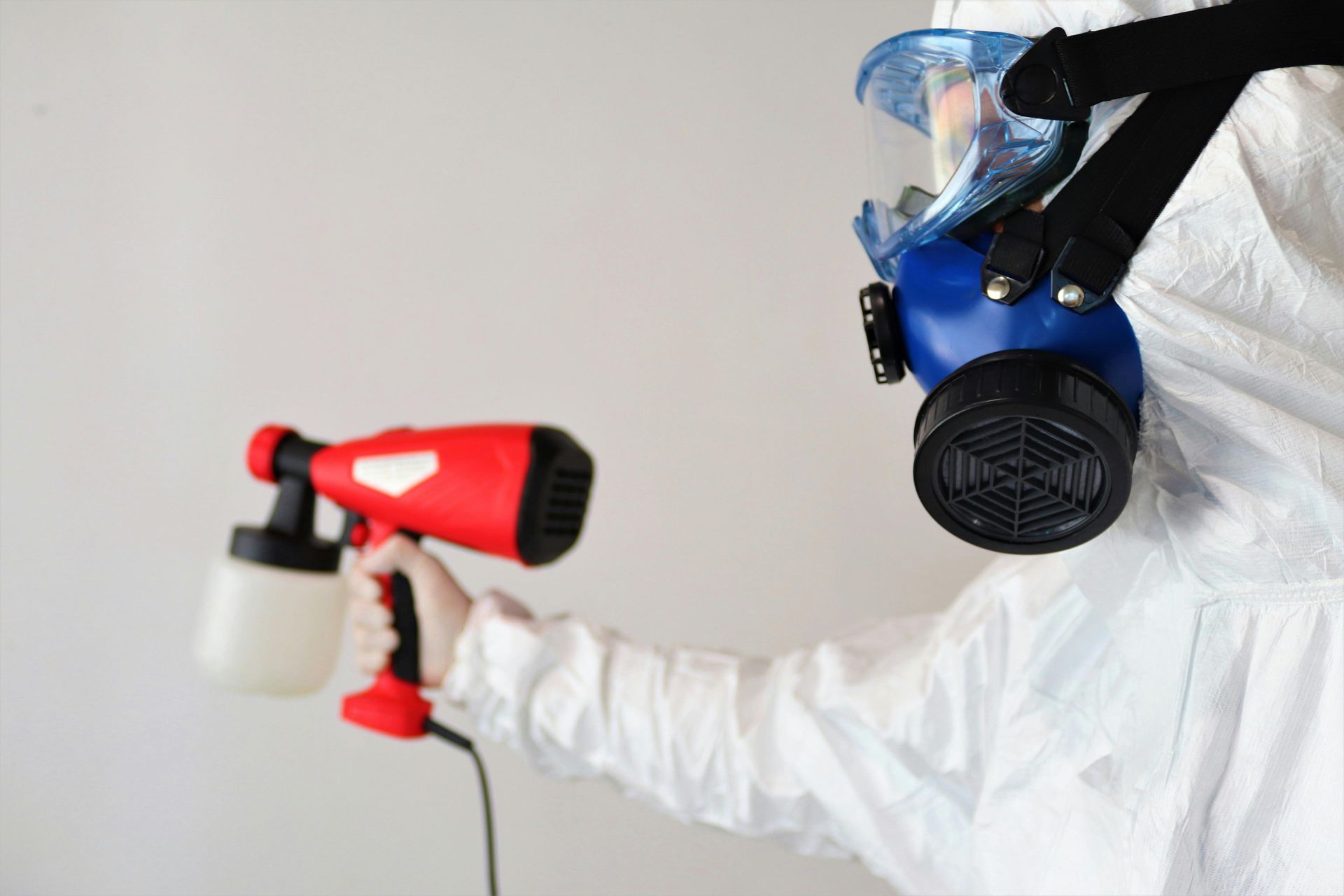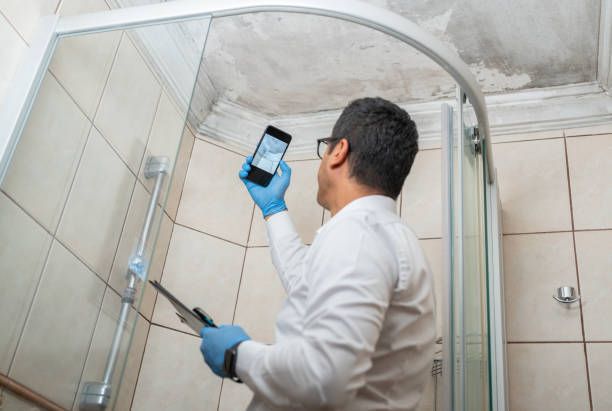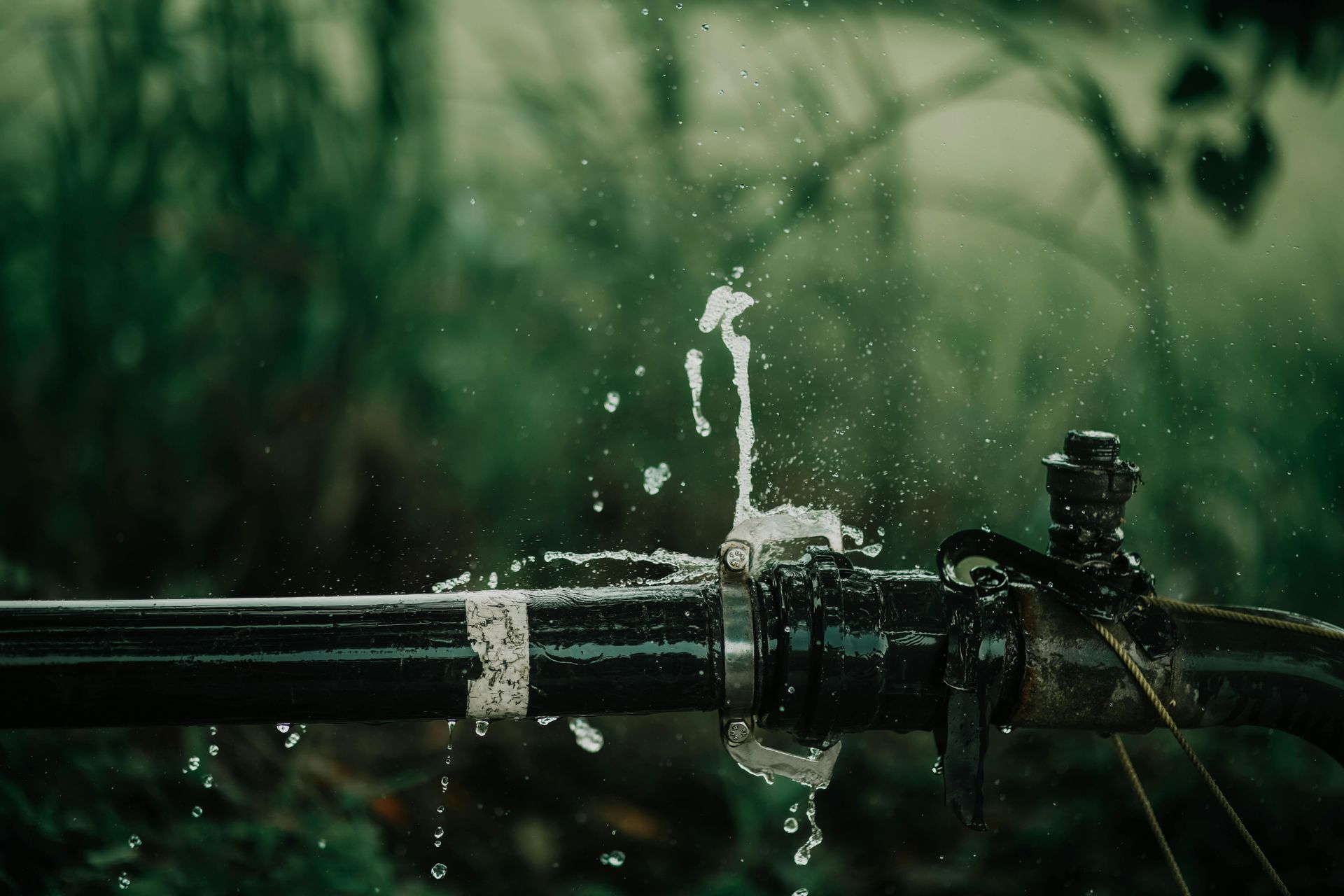How to Minimize Fire Damage in Your Home: Expert Tips and Solutions
How to Minimize Fire Damage in Your Home: Expert Tips and Solutions
The devastating effects of house fires can be minimized if the necessary steps are taken in a timely manner. Fire prevention is incredibly important, but response and recovery following a blaze are equally essential to protect the home and its occupants. According to statistics from The National Fire Protection Association (NFPA), U.S. fire departments responded to an estimated average of 358,500 home structure fires annually from 2014 to 2018. In this article, we will discuss the importance of minimizing fire damage, why prevention and response are equally important, and fire prevention strategies to protect yourself and your home in the face of a fire emergency.
Importance of Quick and Effective Response
Fire can be devastating to homes and lives, but a prompt and effective response can often help minimize fire damage.
The severity of a fire is typically classified into three levels: small contained fires, large uncontrolled fires, and building collapse due to prolonged exposure to heat and flames. In all scenarios, it's important for responders to have the necessary safety equipment, such as fire extinguishers and face masks.
For small contained fires, the most effective response would be to use a fire extinguisher or another form of smothering agent to put out the flames. If attempting this method, it's important to remember that smothering agents should never be used on electrical fires.
Using Fire Safety Equipment to Minimize Damage
When it comes to protecting your home from fire damage, having the right fire safety equipment is essential. Smoke alarms, fire extinguishers, and fire blankets can mean the difference between a minor incident and a big disaster.
Smoke alarms should be regularly checked and replaced according to the manufacturer's recommendations - they provide an early warning that could save lives. Fire extinguishers should be stored in easily accessible areas and should be regularly inspected to make sure they are in good working order.
Sprinkler systems can detect smoke and heat, suppressing fire at an early stage before it spreads further and causes more damage. They can also control fires that would otherwise overwhelm the fire brigade or put frontline workers at risk.
Fire Extinguishers
Using a fire extinguisher is one of the best ways to control and minimize damage from a potentially dangerous fire. Follow these steps to discharge a fire extinguisher correctly and effectively contain a blaze.
- Assess the situation - Make sure that you can safely get to the fire extinguisher and that you're in an area where smoke won't overwhelm you.
- Aim low - Point the nozzle of the fire extinguisher at the base of the flames, not up towards the ceiling or walls.
- Squeeze the trigger - With your aim still locked on, depress and hold down the lever to discharge the extinguishing agent.
- Sweep side-to-side - Move the lever back and forth until the fire is completely put out while maintaining your aim at the base of the flames.
- Be prepared for reignition - If you still have some extinguishers left in the canister, be ready to re-attack if necessary. Otherwise, call the fire department.
Fire Blankets
Fire blankets are a simple but effective way to minimize the damage caused by fires. When used correctly, fire blankets can be used to contain and extinguish small fires quickly and efficiently.
It should be removed from its container using two hands, unfolded, and placed over the base of the flame. It should then be smothered, using slight downward pressure to ensure it completely covers the source of the fire. This helps to contain the flame and minimize its spread.
Fire blankets can also be used as a barrier between an individual and a fire, providing additional protection against potential burns. It is important to remember that although you may feel protected by the blanket, it is still important to move away from the fire as quickly as possible.
Fire Evacuation Planning
When faced with a fire, the best way to ensure human safety and minimize property damage is to create and follow an effective evacuation plan. Here are some tips for creating an efficient plan:
- Establish a safe meeting area - Identify a spot outside the building where team members can gather and get accounted for. This spot should be far enough away from the fire so everyone is safely out of harm's way but close enough to keep an eye on the situation and act accordingly.
- Establish a firefighting team - Identify who will fight the fire and what equipment they need (fire extinguishers, hoses, etc.). Make sure the team has proper firefighting training.
- Secure valuable items - If it is safe to do so, assign members of your evacuation team to quickly secure any important documents or valuables from the building and move them away from the danger.
- Communicate with emergency responders - Contact the fire department as soon as possible and provide them with an accurate plan for the building.
- Enforce safety protocols - Establish emergency exit paths, clearly mark all exits, train team members on proper evacuation procedures, and assign a person to assist any individuals who may need help exiting.
- Reentry protocol - When it is safe to return to the building, establish a protocol for employees and staff to enter and inspect any damage.
Immediate Post-Fire Actions
Once a fire has been extinguished, it is absolutely critical to take steps to mitigate the damage. Depending on what has burned and the extent of the destruction, there are some key steps that should be taken in the aftermath:
- Contact emergency services: If you have not already done so, contact an emergency service provider right away for further assistance.
- Check for safety: Do not enter any affected area until it is deemed to be safe by emergency services. Make sure electrical outlets and appliances are shut off, as they may have been compromised during the fire.
- Remove pets or animals: If there are any pets or animals in the area, move them to a safe location outdoors, away from the fire and smoke.
- Ventilate: Open windows and doors to help clear the air of any smoke or other hazardous materials from the fire.
- Remove damaged items: Any salvageable furniture, clothing, or other items should be removed and placed outside for assessment by a professional restoration company.
- Document damage: Take pictures of the damaged areas to help provide evidence for insurance coverage and reporting.
Safe Reentry
After a fire, it is important to take the proper steps to re-enter your home safely. Fire damage can create an environment where structural integrity and air quality are compromised, leading to potential pitfalls in returning too soon.
Professional inspectors are essential for assessing the safety of your home before reentry. They will be able to evaluate any ongoing risks as well as investigate and identify any hazards that may have been caused by the fire.
The inspection should include an assessment of structural damage, smoke, and soot remnants; wiring, gas lines, and pipes for safety; air quality testing; and water damage. Once this is completed, it will be possible to make a plan for repairs if needed.
Damage Mitigation
It's important to take immediate steps to reduce fire damage. Proper ventilation is essential to prevent fire damage. Open up doors and windows and turn on exhaust fans to help clear out the air. Additionally, remove water from the affected area as soon as possible with absorbent materials such as towels or a mop. Further water damage can be prevented by using a dehumidifier or wet vacuum to remove any remaining moisture from the area. Lastly, it is important to clean up soot and smoke with specialized cleaning products designed to neutralize odors caused by fire. These products can be found in most home hardware stores, and they are easy to use when following the manufacturer's instructions. With these steps, you can ensure that the damage from the fire is kept to a minimum and begin the process of restoring your home.
Damage Assessment and Restoration
When fire damage occurs, it is essential to take the right steps to protect your home. It's also important for homeowners to understand that assessing and documenting the damage accurately are crucial first steps in getting proper insurance coverage following a fire.
Homeowners should exercise caution when inspecting their property after a fire, as there may be potential safety risks. Firstly, it's imperative to ensure that all electricity is off before entering the property. It may be necessary to have a qualified electrician inspect the wiring and turn off the power if needed.
In order to assess fire damage in an accurate way, homeowners should document everything using photographs and videos of the fire-damaged area(s). This should be done before any cleanup or repairs are started. This will provide a useful reference point and aid in the insurance claims process.
Professional fire restoration services can also help homeowners minimize the damage caused by fire, as well as make sure that their living environment is safe and secure once again.
The Role of Northeastern Restoration in Minimizing Fire Damage
Northeastern Restoration is an industry leader in providing fire damage control, helping to minimize risks and costs associated with fires. Our expert professionals provide services, including damage assessment, mitigation, and restoration—all of which contribute to a comprehensive approach to protecting your property and belongings.
Our clients are impressed by our quick response times and dedication to detail. Not only that, but we employ the latest in fire safety technology, ensuring an effective and efficient approach to addressing any damage caused by a blaze.
Let's Rebuild Together: Connect with Northeastern Restoration
Preventing fire damage in your home requires the utmost attention and care. Taking proactive measures, such as regularly checking smoke alarms and having a fire safety plan, can help you minimize the potential damages. Additionally, experts suggest removing combustible items from near heat sources, being aware of electrical systems in use, and avoiding igniting open flames indoors.
At Northeastern Restoration, we specialize in providing fire damage restoration solutions to help you get your home back into tip-top shape. We cover everything from smoke and soot removal to structural repairs - allowing you to start fresh without the worry or hassle.
Help control the effects of a fire by trusting Northeastern Restoration to take care of all mitigation and restoration efforts. Contact us today and make sure you're protected against further risk!
